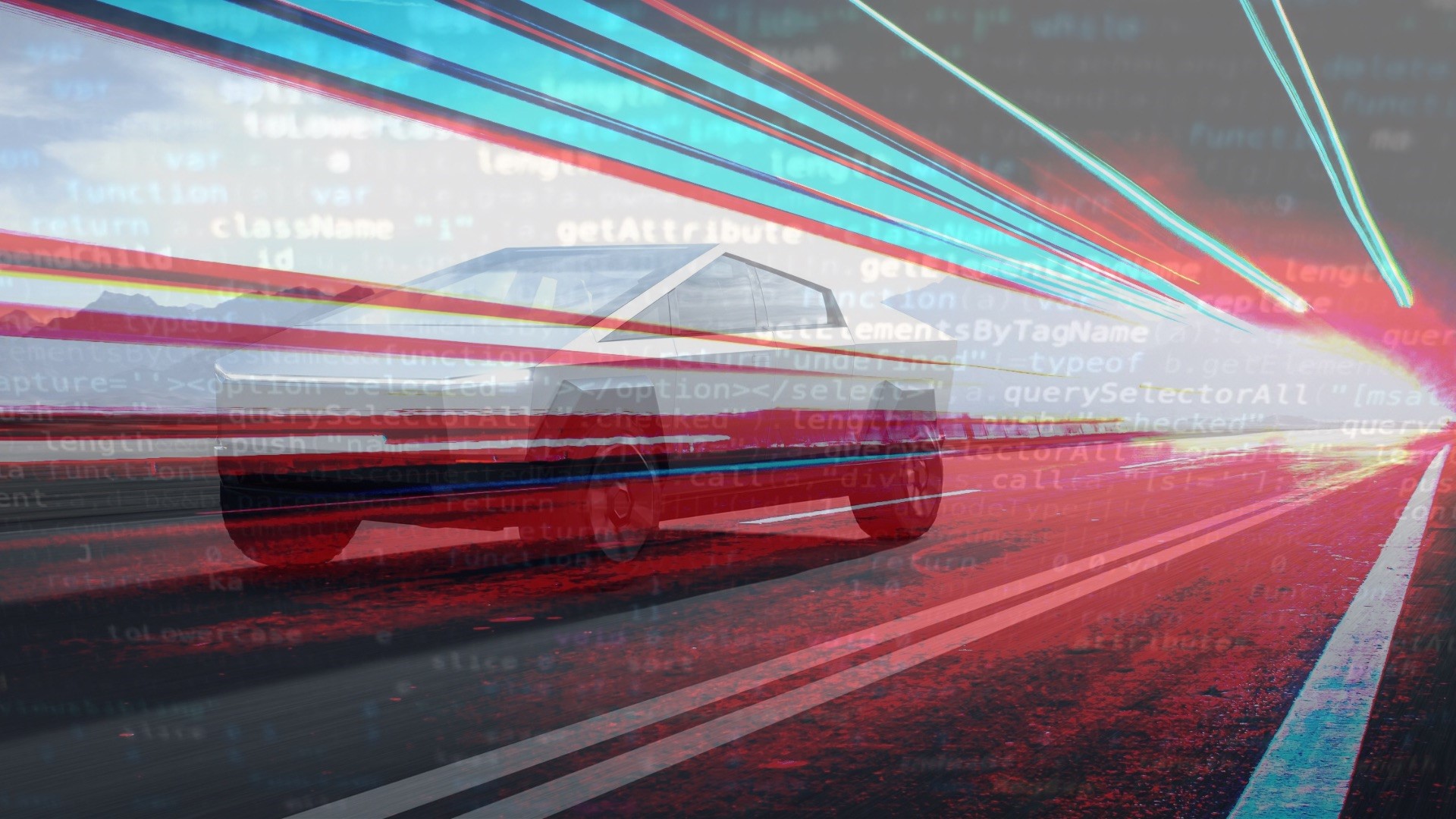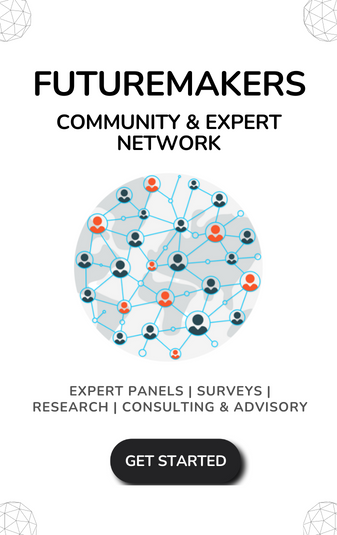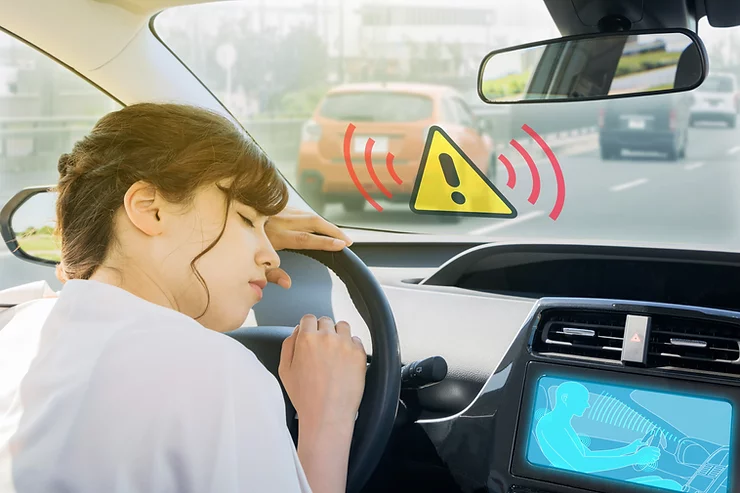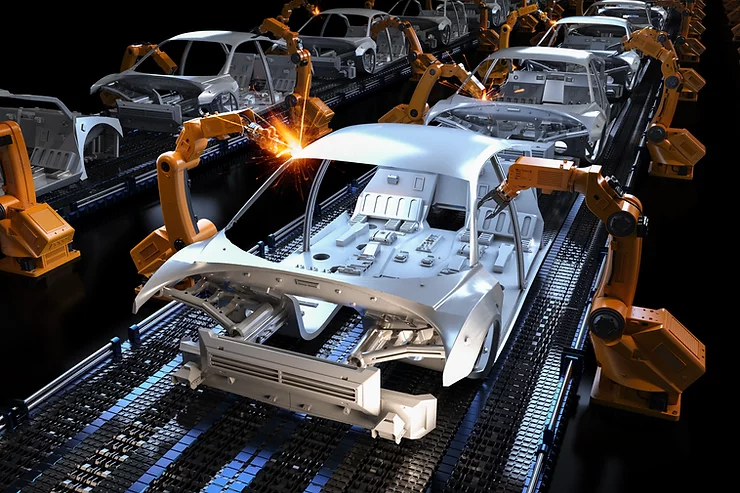The Way Forward for Legacy Auto Manufacturers
The Way Forward for Legacy Auto Manufacturers
Should legacy automakers cling to the past or take risks to exceed customer expectations. Many Legacy Auto Manufacturers call themselves innovators or pioneers. But below the surface of their fancy corporate statements and shiny marketing is a crawling approach. Stick to the past or take risks to amaze customers: legacy automakers’ dilemma
BY JEREMY LASMAN
There is definitely customer loyalty to distinct brands. Without a doubt this isn’t saying people don’t love their vehicles. It’s that the companies that make their vehicles lack heart. They can be better… much, much better.
Legacy Auto Manufacturers – Tesla is one of the most beloved and successful car brands
There is a reason why Tesla is one of the most beloved and successful car brands on the market today. From the ground up they have treated their products more like an updatable computer on wheels. Rather than a stagnant piece of machinery that serves a driving function. It is similar to how pivotal the Apple iPhone was to dramatically push the mobile industry forward in 2007. Instead of creating a phone that tried to do smart things on top of inefficient and closed software. They designed compact computer hardware that expanded mobile software possibilities from scratch.
Tesla has been the single most important factor in propelling the electric car industry forward. Despite a difficult start, Tesla persevered and overcame numerous obstacles to become the world’s most shorted company.. The corporation is now more than a decade old . It appears to be transitioning towards a more “adult” stage of development. The success of this electric vehicle startup proves that it’s possible to thrive as a larger corporation. This has allowed a slew of new companies to emerge, like Rimac, Rivian, and Faraday Future.
The Rise of Battery Electric Vehicles
First, let us take a step back. Tesla stands apart from legacy automakers not just for manufacturing electric vehicles, but for its innovative approach. By 2040, the United Kingdom and France will have outlawed the sale of new fossil-fuel vehicles.
Norway’s objective is to have all new cars sold in Norway be electric by 2025. Wherever you turn, new countries are joining the fray. Scotland, Germany, the Netherlands, and even India have also already enacted or are close to passing legislation. If we understand that BEVs are unquestionably the way of the future, what will become of today’s legacy auto manufacturers? Will they be successful? Will someone forget about them, will they go bankrupt, or will something else occur?
Why is Tesla Winning?
No other car company in the world has a mission the magnitude of Tesla or has executed like them. I would argue no other organization in the world has done more to accelerate the world’s transition to sustainable energy than Tesla. Tesla isn’t your ordinary car company. It resembles a Silicon Valley technological start-up in most aspects.
Legacy auto companies excel at producing dependable products at scale, but their operating system experience pales in comparison to newer tech-driven businesses like Tesla, Lucid, and Rivian, who are revolutionizing the industry. At their heart, they have accepted technology. The relative significance of software vs hardware in a vehicle has fundamentally shifted as a result of this. The stock prices of firms like Tesla indicate customer and market approval of this future world model.
Adapting to New Market Realities
The spirit of innovation has been at the heart of Tesla’s mission and they have always pushed the boundaries on what we thought possible with electric vehicles, constantly smashing the skeptic’s doubts about feasibility, performance, and mass adoption. They design each of their cars to be the safest in the world. Each has 5 star ratings and goes above and beyond industry standards. It is their #1 priority. As far as Autonomous Driving they are leagues ahead of everyone else, investing heavily to create their Dojo Supercomputer to train the Neural Network required to make the best self-driving system.
Tesla claims driving with Autopilot is 10x safer than without, reducing accident risk by 90%. “Active safety” reduces risk by 5x compared to global rate. When driving without Autopilot, Tesla cars had around half the number of accidents as the state average. The most important positive consequence that stands out being the improved mental health for drivers in traffic and long commutes.
Tesla innovates while other automakers simply make minor changes and cosmetic updates to their vehicles each year. There is no life in them anymore. Tesla innovates, while others just update their vehicles cosmetically each year. It feels like a rocket-ship.
With a 90 percent overall satisfaction rating, Tesla boasts the most devoted consumers of any automobile manufacturer. Emphasis on the customer experience has resulted in a legion of Tesla fans. Customers buy or lease a Tesla for their next vehicle in a startling 80 percent of cases. Buyers were willing to wait years for their Model 3s in some cases. Customers notice Tesla is unique from the start of the car-buying experience. Company controls process, no sales pressure. They also don’t spend any money on advertising. Tesla wants people to have a positive experience with the brand.
Big Data is The New Oil – Legacy Auto Manufacturers
Within the framework of a car as a piece of technology Tesla from day one has understood that each stage from concept, design, engineering, manufacturing, production, and maintenance is actually a Big Data challenge. Of course high-level talent and the courage to take risks play a vital role in the process. But at each step of the way the ability to process and utilize information accelerates problem solving. This keeps the target aimed at the best possible outcomes.
Learn from Tesla’s use of Big Data to solve complex problems and achieve seemingly impossible objectives. Other car companies can catch up by improving their ability to create, organize, and process Big Data quickly.
Companies need to shift their focus from profits and market share to contributing to the betterment of the planet through collaboration and utilizing Big Data to make a positive impact.
Investing in Autonomous Driving
The truth is car companies are being bottlenecked by antiquated approaches and an aversion to taking risks. Big Data offers new opportunities for innovation and empowers employees to engage with projects in exciting new ways. Providing the best tools enhances both company culture and the customer experience.
Most legacy auto manufacturers don’t really build all of the parts of the automobile. Instead, they acquire almost all of the components from specialized firms and assemble them Ikea-style with around 30,000 separate pieces making up the average automobile. The company either produces each of the components in-house or procures them from a third-party supplier. A single piece of the supply chain can slow down the manufacturing and delivery of vital components, causing the production line to shut down.
In reality, legacy auto manufactures only “possess” the IP for 2 components: the engine and the gearbox. BEVs, on the other hand, do not have typical engines or gearboxes, which is problematic for them. Even though companies have been developing electric motors for decades and proving their high reliability, legacy auto manufacturers have little to no significant experience with them. They’ve got even less in the battery, which is another essential component of a BEV.
Tesla, on the other hand, is aiming for complete vertical integration of practically every component and feature of its product. They build the engines, the bodies, and the seats. They design and create the several computer systems that operate the car’s different components, as well as the program that runs on these cars. While this may not appear to be a significant change when compared to other enterprises such as Google, Amazon, or Apple, it is a significant difference in the automotive industry.
Tesla’s vertical integration
In reality, Tesla’s vertical integration extends much deeper. They built and operate their own charging network and design and program their own automated vehicles. The only thing they don’t completely control is the battery manufacturing process, but speculations say they intend to get into that as well! This ensures that there is no hindrance in manufacturing as well as upkeep of the car. Any problem along the production line can be solved quickly without delaying the car production.
In contrast to existing automotive norms, Tesla has aimed to go further into value generation to alter the industry’s principles. Elon Musk aims to make Tesla a tech business, not just another car manufacturer. Legacy automakers focused on small annual progress should worry about disruptive tech like driverless cars. To compete, they must shift perspective and embrace innovation.
Embracing Electric Vehicles
If automakers want to embrace a high-tech approach toward innovation, they must take more chances and quit fearing failure. They must figure out how to convince shareholders to back their risk-taking, as Tesla has done.The electric car will become the dominant vehicle in the next few decades due to worldwide regulatory tendencies and acceptance of climate change. While Tesla has found profitability through design and manufacturing, legacy auto manufacturers have yet to catch up with breakthroughs projected in the next five years.
Traditional manufacturers haven’t focused on strategies to boost customer demand either. To keep their goods competitive, they will need to think more creatively and make faster product enhancements than in the past. On a regular rhythm, change cannot be made solely for the sake of change. Investing should be directed toward completely improving the product and consumer satisfaction.
This isn’t to say that carmakers should forsake internal combustion engines and hybrids. It implies they need to think outside the box to fund more transformational product lines. As the new goods grow more successful, the old items will become less dominating, necessitating fewer redesigns and direct investment.
Legacy auto manufacturers are not truly innovating despite having more data to gather and understand through various technological advancements. Instead, they retrofit old hardware to create new features. In terms of car intelligence, Tesla is the leader in smart and self-driving cars. Legacy auto manufacturers can catch up with Tesla and innovate by adopting their computer car approach instead of adding slow iterative features.
Quantum Computing
At the moment, legacy cars are like using an old cell phone with little features that they think people want and do, but when compared to driving a Tesla they aren’t even in the same ballpark anymore. Auto companies really have two choices right now. They can either stick with incremental improvements and be hesitant to start from scratch, or they can embrace the challenge of autonomous driving and prioritize it over superficial smart car features.
They must invest now in developing the technology, data collection, tools etc, even if it means risking short-term earnings. Quantum computing is the way forward, and they should focus on that rather than building their own supercomputer like Tesla.
There is a massive amount of data ready to be unearthed that car companies are not seeing, coupled with the amount of data that they already have at their disposal in their organization that they have no clue how to use effectively to transform the entire operation of the company.
Autonomous Vehicle
Currently, the automobile sector stands to gain from one-tenth of all possible QC use cases being investigated. In fact, by 2025, automotive will be one of the key value pools for QC, with a significant influence. By 2030, experts project that associated technologies will have a $2 billion to $3 billion economic effect on the automobile sector. Solving challenging optimization issues, such as processing large volumes of data to expedite learning in autonomous vehicle navigation algorithms, will provide the majority of the early value added.
When contemplating Quantum Computing as a solution to current automobile difficulties, “modern problems deserve modern solutions” is an exact and most relevant expression. All of the major automakers are considering vehicles that operate on batteries rather than conventional fossil fuels and include automation into the steering and operating processes. The transition from fossil fuels and driver-centric cars to battery-powered, drive-less, or self-driving automobiles is as complicated as it sounds. Many autonomous cars have been built and are being examined on a regular basis, although they have failed in some regions. The smooth autonomous driving experience is still a long way from becoming commercially viable and safe. Considerably while the degree of development for these vehicles is now rather advanced, it will become even more complicated in the future.
The Need for Change
That’s where Quantum Computing comes in, assisting car businesses with sophisticated computations and estimations in order to provide a trustworthy autonomous experience. Despite the fact that quantum computing is still in its development, automakers such as Volkswagen have begun to take minor efforts toward incorporating it into real-world applications. VW aims to use quantum computing to decrease road congestion in conjunction with Google and D-wave, a quantum computing business located in Canada.
Cellphones and transmitters inside vehicles are used to collect traffic data. This information is used to determine the traffic density in a certain location as well as the number of customers that require a carrier using a non-quantum method. The number of carriers available vs the number of consumers wanting a carrier may thus be readily optimized using quantum computations. The target region can be optimized by directing cabs or a public transportation service provider in the right direction. This component of Quantum Computing might very well be useful to autonomous cars in the near future, where these vehicles could be steered to a certain focal region or warned to avoid that area entirely, especially in congested areas.
Quantum computing provides a new toolset to break down data silos and process complex algorithms for more efficient solutions. When car companies are willing to innovate and challenge the status quo, they can bring about new technologies like RoboTaxis, improved traffic flow, and a thriving environment.
Conclusion
Quantum Computing is mind-blowing because it is no longer constrained by the classical approach to processing information in a linear fashion. Instead it completely opens up a fresh canvas to give your talent new ways to dream up solutions that were previously impossible. It is by leveraging Big Data with Quantum Computing that will give legacy car companies the solution to their lack of innovation and a roadmap back to the heart of being a pioneer.
In other words when companies open up to questioning where they are being closed off to new ideas and approaches they will set the stage for a complete revolution in the auto industry and revitalize the connection to their customers by designing products with more heart. The choice is clear, either follow suit like Tesla hobbling to figure out how best to implement artificial intelligence, machine learning, neural networks and other Big Data strategies or step up and commit to the next great evolution in technology which is Quantum Computing.







Leave a Comment